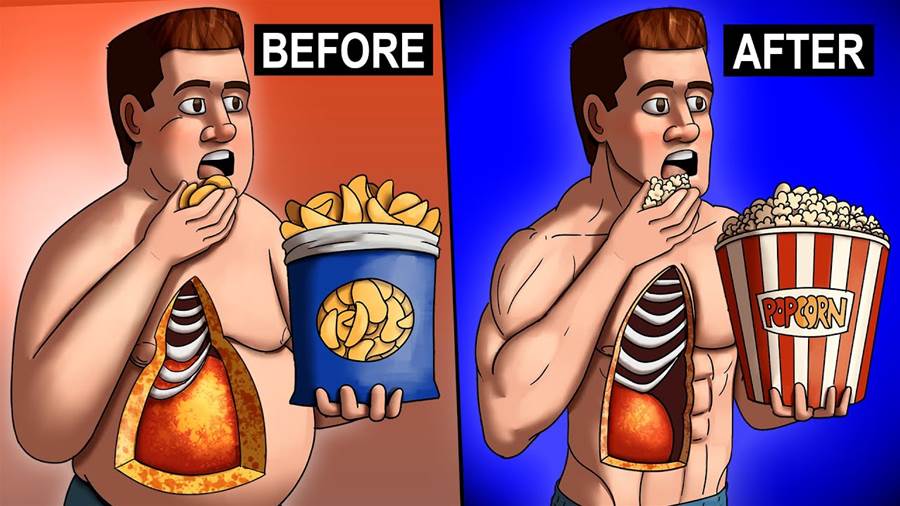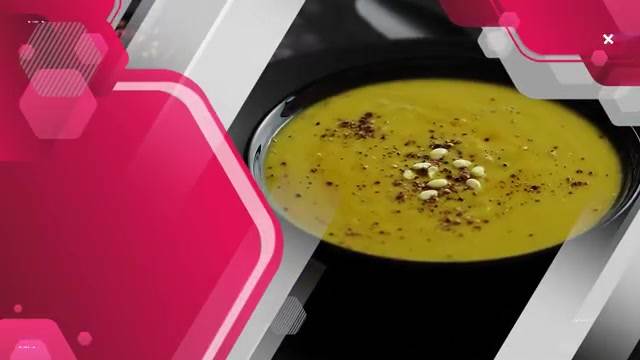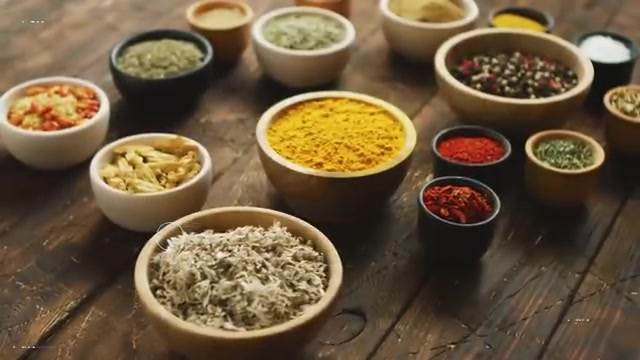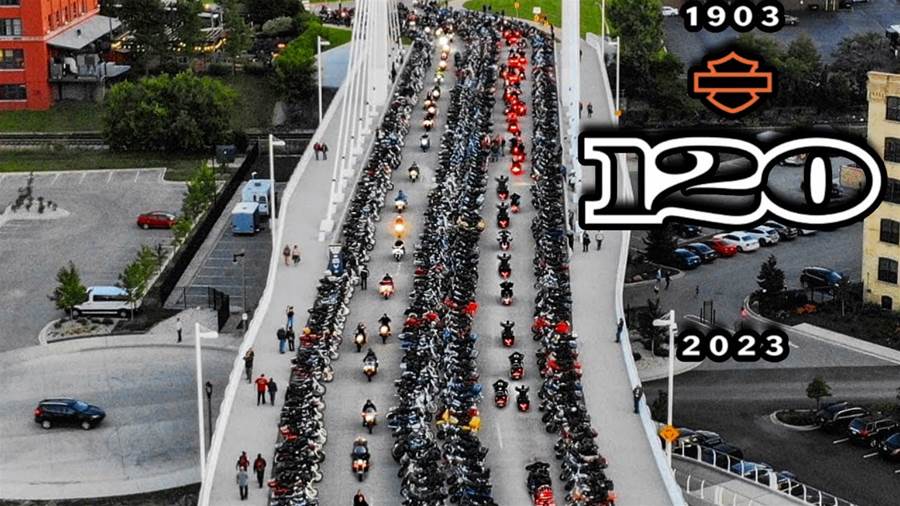
Gaining body fat often comes from consuming foods that are greasy, high in sugar, or loaded with empty calories. Conversely, it's possible to maintain or even lose fat by incorporating certain foods into your diet that are high in protein, low in calories, and highly filling. These foods not only help curb hunger but also support fat burning, allowing you to enjoy occasional treats without derailing your progress.
Here’s a look at some of the best options for a fat-burning, satisfying diet.

Eggs: A Protein Powerhouse
Eggs are a staple for those looking to control their weight. They are packed with protein, which is known for its filling properties. Protein also has a high thermic effect, meaning that your body burns more calories digesting protein compared to fats and carbohydrates.
This makes eggs a great choice for staying full while keeping calorie intake in check. Even though eggs do contain fat, particularly in the yolk, they are still unlikely to lead to fat gain when consumed in moderation. However, if you pair them with high-calorie ingredients like cheese and whole milk, the calorie count can quickly rise.
Wild-Caught Salmon: A Nutrient-Dense Fish
When choosing fish, wild-caught salmon is preferable over farm-raised varieties.
Farm-raised salmon is higher in fat, particularly omega-6 fatty acids, which are already abundant in most diets. Wild-caught salmon is lower in fat and rich in protein, making it filling and supportive of weight management. The distinct visual difference between farm-raised and wild-caught salmon can be seen in the fat streaks; farm-raised salmon has thicker white lines of fat.

Celery: The Low-Calorie Crunch
Celery is almost entirely water—about 95%—which makes it incredibly low in calories. It’s also packed with nutrients like potassium and calcium. Due to its high water content, it’s nearly impossible to consume enough celery to impact your calorie count significantly. Celery pairs well with low-calorie dips, such as salsa, which is also low in calories. A typical container of salsa contains around 130 calories, and when used as a dip for filling vegetables like celery, it can help satisfy your hunger without adding many calories.
Salsa and Hot Sauce: Flavor Without the Calories
Salsa is a flavorful, low-calorie dip that can enhance your meals without adding extra calories. With around 130 calories per container, it's an excellent option for those looking to manage their weight. Even better, hot sauce has negligible calories and can boost metabolism slightly due to capsaicin, the active compound in chili peppers. Hot sauce can add flavor to high-protein foods like chicken, tuna, and eggs, making it a great addition to a fat-burning diet.
Spinach: A Nutrient-Rich Green
Spinach is incredibly low in calories, with just seven calories per cup. Its high fiber content helps fill you up with minimal calories. Spinach is also rich in essential nutrients such as calcium, magnesium, and vitamin A. It can replace lettuce in salads or be blended into smoothies. The versatility and nutritional density of spinach make it a valuable addition to a fat-loss diet.
Soup: Filling and Low-Calorie
Soup is another effective way to manage hunger and reduce calorie intake. Since soup is typically high in water, it’s very filling and can help control calorie consumption. Opt for broth-based soups with vegetables and lean proteins, like chicken and veggie soup. Avoid cream-based soups, which are higher in calories. Starting your meals with soup can help you feel fuller and reduce the likelihood of overeating.
Bell Peppers: Versatile and Low-Calorie
Bell peppers are a low-calorie vegetable that can be used in various ways. They can be eaten raw with dips, incorporated into stir-fries, or stuffed with lean meats like ground turkey. Bell peppers are not only low in calories but also provide important vitamins and antioxidants.
Popcorn: A Fiber-Rich Snack
Popcorn, particularly when prepared without excessive butter or oil, is a low-calorie snack that provides a significant amount of fiber.
One cup of air-popped popcorn contains around 25 calories. The fiber in popcorn helps keep you full, making it a healthier alternative to higher-calorie snacks like potato chips.
Zucchini: A Low-Calorie Pasta Alternative
Zucchini is a fantastic substitute for traditional pasta. Using a spiralizer to create zucchini noodles can cut calories by up to 70-80% compared to regular wheat-based pasta. Zucchini can also be used in stir-fries or soups, offering a versatile and low-calorie option for various dishes.
Cauliflower: A Low-Calorie Substitute
Cauliflower is another vegetable that can replace higher-carb foods like rice and potatoes. Cauliflower rice and mashed cauliflower are excellent alternatives that are lower in calories but still filling. Cauliflower’s high fiber content helps manage hunger and keep calorie intake in check.
Kale: Nutrient-Packed and Low-Calorie
Kale is rich in nutrients and fiber, making it a great addition to salads or smoothies.
It can also be baked into crispy kale chips for a low-calorie snack. With only about 33 calories per cup, kale is a filling, nutritious option that’s hard to overeat.
Watermelon and Cucumber: Hydrating and Filling
Both watermelon and cucumber are high in water content, making them very low in calories and filling. Watermelon, with over 90% water, provides hydration and essential nutrients like l-arginine, which supports protein synthesis.
Cucumber, similarly, is low in calories and can be eaten in large quantities without impacting your calorie count.
Incorporating these foods into your diet can help you manage hunger, reduce calorie intake, and support fat loss. By choosing nutrient-dense, low-calorie options, you can enjoy satisfying meals and snacks while working towards your health and fitness goals.



















